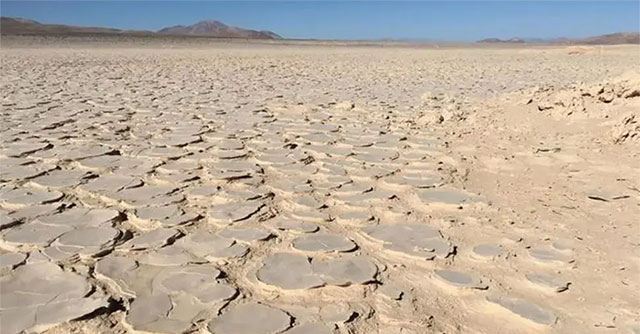
Subterranean Ecosystem Points to Martian Life
Beneath the desolate Atacama Desert in Chile, a barren wasteland known as Earth's "death zone," researchers have uncovered a thriving ecosystem up to 13 feet underground. This discovery, published in the journal PNAS, could provide valuable insights into the search for life on Mars.
Just as the Atacama is like a portal to space with its clear skies and low humidity, its extreme conditionsâ€"including intense UV radiation, little water, and an environment similar to Marsâ€"make it a unique testing ground for life's potential on other celestial bodies.
Unusual Lifeforms Flourish in Extreme Conditions
A team of scientists from multiple German and Chilean institutions detected the presence of otherworldly organisms at depths of 6 to 13 feet below the Atacama's surface. This ecosystem is dominated by Actinobacteria, a diverse group of bacteria previously found in harsh habitats like the Arctic, scalding hot springs, and highly saline oceans.
"Little is known about microorganisms inhabiting deeper sediment layers. The communities described in this study presumably represent the upper biosphere of the deep biosphere beneath the hyperarid desert soil," the authors write.
Expanding the Search for Life
The discovery not only provides clues for searching for life on barren extraterrestrial landscapes but also broadens our understanding of the resilience of life in the universe. Previously, scientists believed that life-sustaining planets required specific conditions like sunlight, moderate temperatures, liquid water, and ample oxygen.
However, the increasing evidence of extremophile organisms on Earth suggests that the "habitable zone" for life may need to be revised to include more extreme environments.
